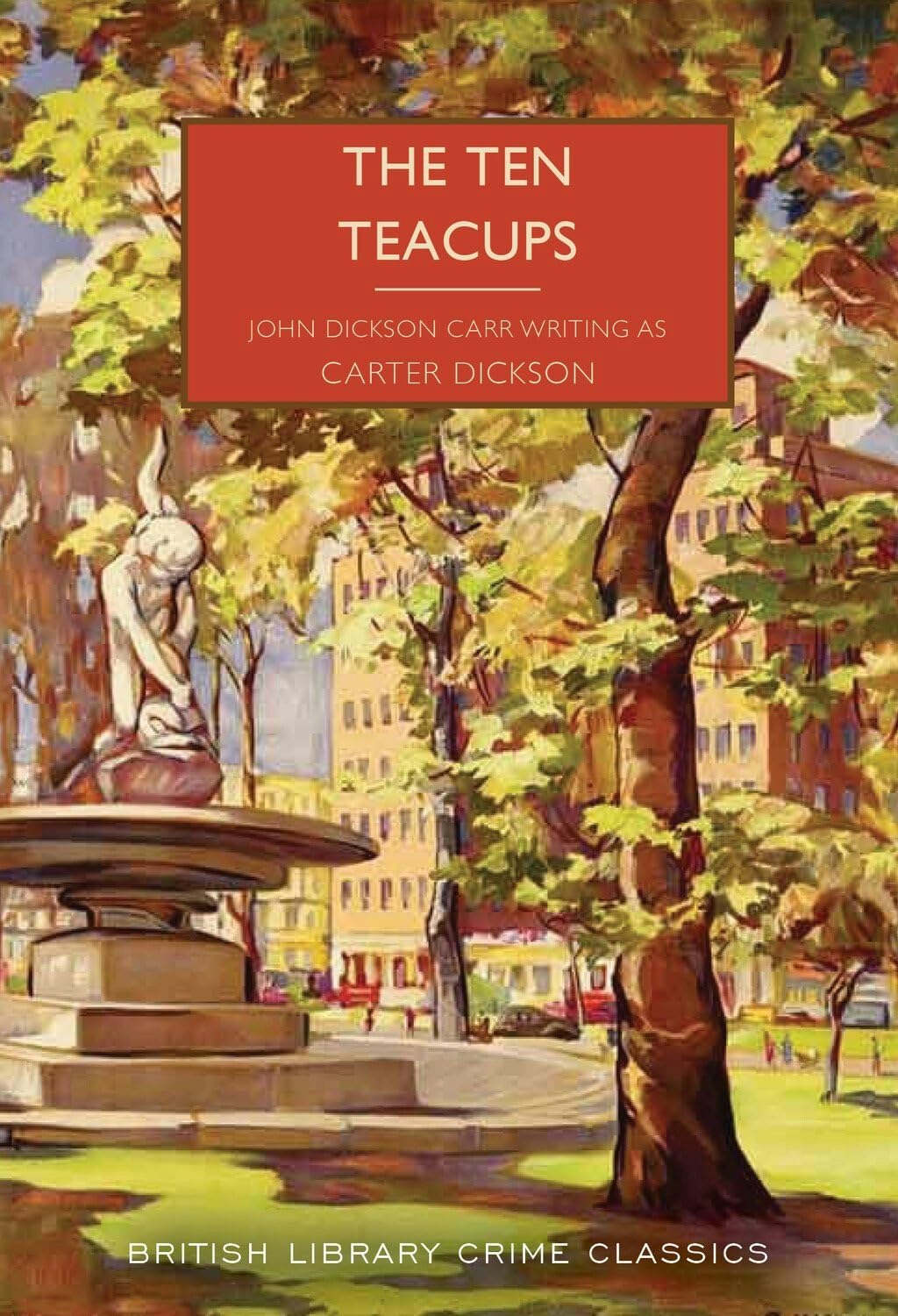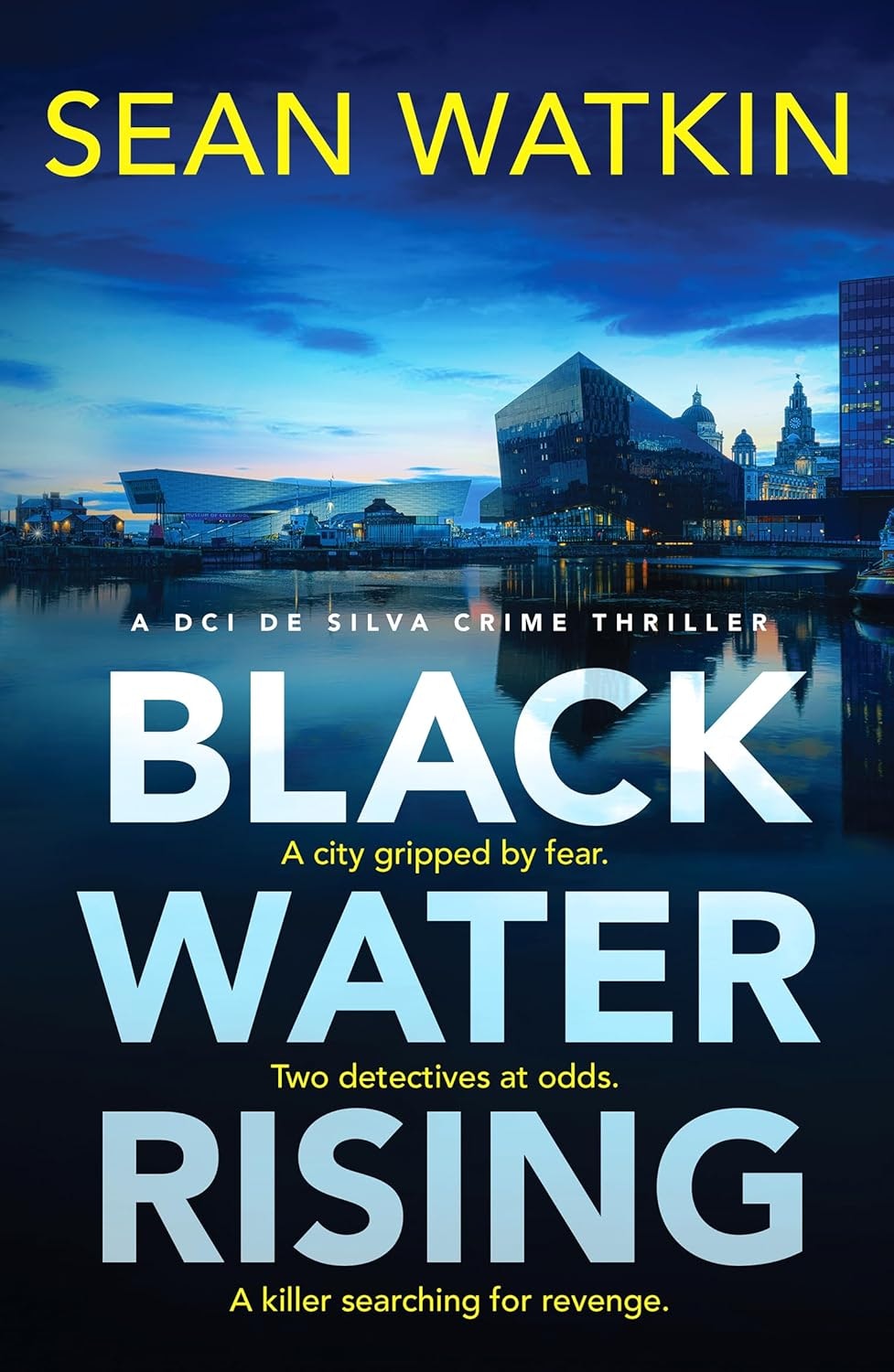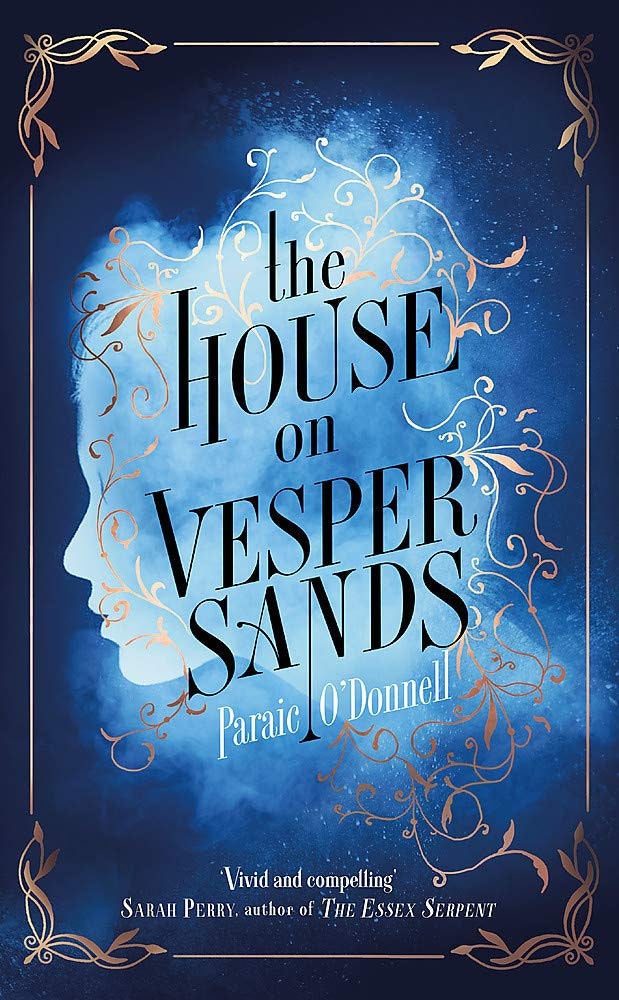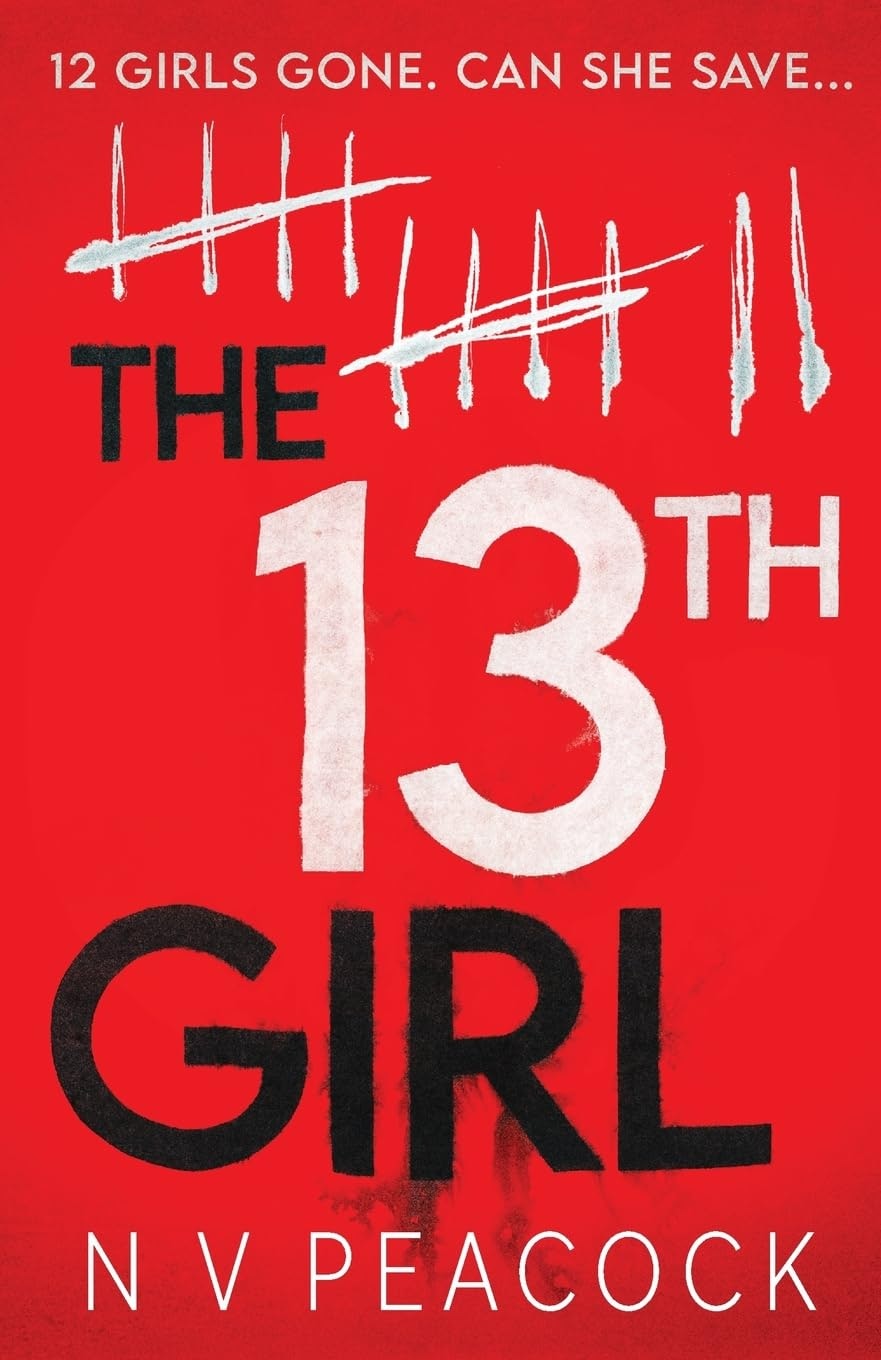As an historian, I find disappointing the practice of other murder mystery reviewers of ignoring historic detective novels and (separately) that of lacking some, or indeed any, historical knowledge when reviewing historical detective novels. To take the first, as an 18th centuryist, there is a clear contrast between novels that lack the feel or timbre of the period, for example Leonora Nattrass’s Scarlet Town (2023), which has the disadvantage for me that, unlike the author, I had studied two of the protagonists, and they simply did not ring true in her novel. In contrast, I found Thom Braun’s Mr Hogarth’s Morning (Troubador, 2024, £12.99) a far more convincing account, set amongst the competing artists of the maelstrom of Covent Garden. The writing worked for me, and the plot, with its interplay of people and portraits, the hidden past and the troubling present, is a success. As with the writing of the period, aristocratic vice is a theme as is the mistreatment of women.

To turn to historic novels, the British Library Crime Classics series has recently republished The Ten Teacups (1937; 2025, £9.99) by John Dickson Carr writing as Carter Dickson. Twice listed as one of the best locked room stories, by the master of that art, this offers two instances of the “murder with an impossible situation that couldn’t have happened” for the price of one: a shooting dead in a locked and guarded room, and a stabbing in a watched house, both by invisible murderers. Sir Henry Merrivale to the rescue in a frenetic plot that leaves no time for rest and threatens the presence of two threats to orderly life: the secret society or murder club of the Ten Teacups (see G.K. Chesterton) and the “cult of the Venturers” — young men seeking sensations. Add sexual frisson, well frissons, notably with Janet Derwent, a languorous and deadly, melodious, large, blonde femme fatale, with very heavy lids and “a glance that could open an oyster at sixty paces”. Straight out of 1930s’ Hollywood, she is more overt than “the deceptive coyness of those ladies who talk about their souls on sofas”. Dickson must have had such fun writing this. He also throws in a political reference: “I don’t mean the versatile personage in our popular proverbs who does so much: who quotes Scripture for his own ends: who finds work for idle hands to do: who takes care of his own — in fact, from that description, you might imagine that the devil was standing for Parliament on the Labour platform.”
Totally without the frequent obsession with train timetables seen in so many Japanese detective novels, Shizuko Natsuki’s Murder at Mt. Fuji was published in Japan in 1982, and an English translation appeared in America in 1984. It is this translation that has been published by Hutchinson Heinemann and that offers a very ably plotted and well (and calmly) written account that begins with the arrival near Mt Fuji of Jane Prescott, a young American postgraduate who is helping Chiyo Wada prepare her English-language thesis on Mrs Dalloway. Chiyo is the granddaughter of a wealthy pharmaceutical magnate whose country villa is the setting for a family winter-party where he is stabbed, apparently by Chiyo. The plot follows the family’s attempt to cover up her crime by spiriting her off to Tokyo, postponing his apparent time of death, not least by tube-inserting food into his stomach, and blaming an intruder. In turn, their case falls to pieces under persistent police investigation. And/But then? … An excellent book with a particularly fine plot, and much on Japanese society, family dynamics, sexual tension and academic obsession. A pleasure to read.

To turn to current writing, my debut novel of the month is Sean Watkin’s Black Water Rising (Canelo, 2025, £9.99). This is beyond my usual comfort zone, as it depicts a sadist killing young women, but can be recommended for its Liverpool setting (better than Glasgow noir as the speech is comprehensible), and the dynamics between the detectives — notably D.S. Barclay, a conscientious homosexual and D.C.I. de Silva who is suffering PTSD from her husband’s suicide, but also more generally amongst a range of well-realised character types. The pace is good and the plot works very well until … well, the ending does not convince at all. So far more with another author who even more focuses on homosexuality, Adam MacQueen, the author of the impressive Tommy Wildeblood novels. The Inalienable Right (Eye Books, 2025, £9.99) takes his protagonist forward from his 1976-set Beneath the Streets and 1984-follow up, The Enemy Within, to 1987 and Section 28, bringing in MI5, child sex abuse, Peter Morrison MP, the Gibraltar IRA shootings and a fictional forcing of Margaret Thatcher out when Morrison was exposed. A good read but take with a very large pinch of salt.
Ashley Elston’s First Lie Wins (2024; paperback, Headline, 2025, £9.99) is a well-written and excellently paced story of deceit and deception, that makes up for its inherent implausibility with a well-plotted story. Focused on “Evie Porter”, a false-name plant working for the mysterious Mr Smith, the story starts as a satire on prosperous small-town Louisiana society, but rapidly reaches for spying, betrayal, blackmail and murder. Great fun, not least with the multiple identities and time-sequences.
Brian McGilloway’s The One You Least Suspect (Constable, 2025) uses Irish terrorism to probe the pressures of intimidation on the unprotected. A drab setting and a depressing story, with betrayal for survival the central theme and a making-do barmaid the all-too-real protagonist. Sits alongside the recently reviewed The Bureau by Eoin McNamee, which is dark in a different fashion but also about the destruction of hope.

Having recently read (and reviewed) his The Naming of the Birds, I have turned back to Paraic O’Donnell’s earlier novels. His The House on Vesper Sands (Weidenfeld and Nicolson, 2018, pb, 2019) works better for me as a less disturbing Victorian Gothic and with amusing detectives, including Inspector Cutter, a brutal but fair-minded non-drinker with a fine line in put-downs; Gideon Bliss, a theology student impersonating a police sergeant; and Octavia Hillingdom, a pushy society columnist evading the pigeonholing instructions of her dyspeptic editor. There is mystery aplenty in a London that is fairly grim and callous and certainly cold. The end is a bit of a rush, and I am not clear how Neuilly got out of the nailed-shut box, but the writing is first-rate and at times its poetry is memorable, as with this end to chapter and section. Light is a key motif: “the greyness was very gentle. The gull returned, just once, then passed away on a soundless bend of wind, intent on something far away and out of sight”. The villain is handled well and the mystery grew on me with a plot that reached far into the varied milieux of Victorian society. One to enjoy.
Detective stories set during the Third Reich are an active sub-genre that clearly appeal to many readers; and I have reviewed several of them, including Ben Pastor’s latest in his Martin Bora series. Turning to an earlier contribution, Liar Moon (Bitter Lemon Press, 2012, £8.99), the second in the series, we are in Verona in September 1943, involving the murder of a wealthy Fascist in the midst of tensions amongst (and between) both the Germans and the Fascists and with the war against the partisans a deadly presence and the Italian Holocaust beginning to play out its merciless slaughter. The timbre is differently grim to stories set in Warsaw and Berlin that I have recently reviewed, in part because of the slightly dreamy character given Bora, a career soldier and wounded aristocrat, with both wounds and an opposition to the SS. Dare I suggest that it might be more interesting to have the protagonist a Nazi enthusiast as was the case with many Wehrmacht officers.

I am afraid I was not convinced by N.V. Peacock’s The 13th Girl (Hera, 2024, £9.99), with a mass murderer loose and the troubled Dee trying to solve the case and avoid becoming the thirteenth victim. Mental health, psychology and supernatural abilities are all part of what the author calls a careful cooking “up together in the bubbling plot of my imagination”.
The three-part BBC Agatha Christie series Towards Zero (2025), adapted by Rachel Bennelle from the 1944 novel, is better at capturing tone than reproducing plot but can be strongly recommended and has a good cast, not least Anjelica Huston. This is a far better adaptation than the ridiculous ones by Sarah Phelps.
It is also worth noting the energy, quality and impact of the excellent production of Witness for the Prosecution in the County Hall Theatre in London.
Amongst thrillers of various types I have recently seen I can recommend, as comedy thrillers, The Fall Guy and Hit Man; as an historical thriller the recent version of The Count of Monte Cristo; and, as past American noir that is well worth rewatching, Chinatown and Devil in a Blue Dress, the first richly deserving its screenplay Oscar. And Get Carter for the most rewatchable British thriller, although the sexual prying of the camerawork is now somewhat inappropriate.







